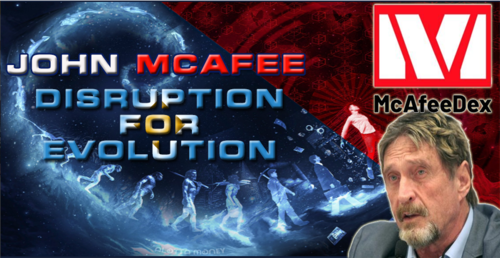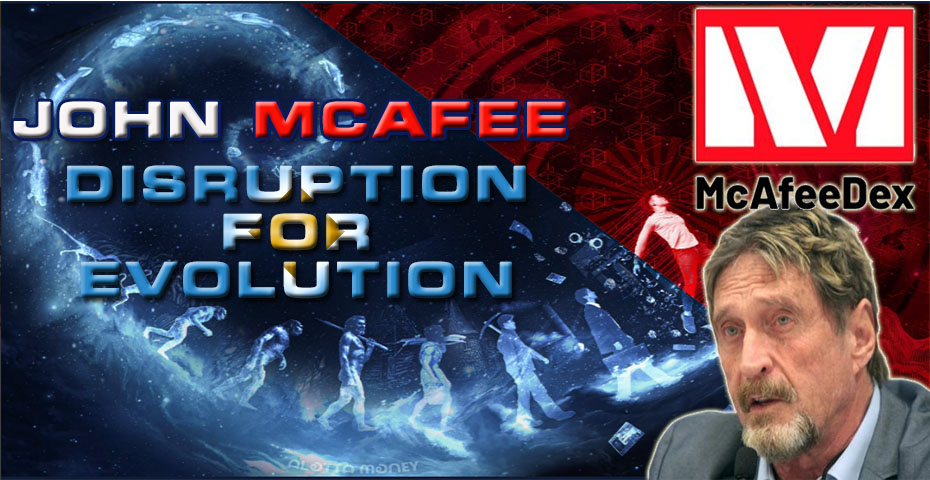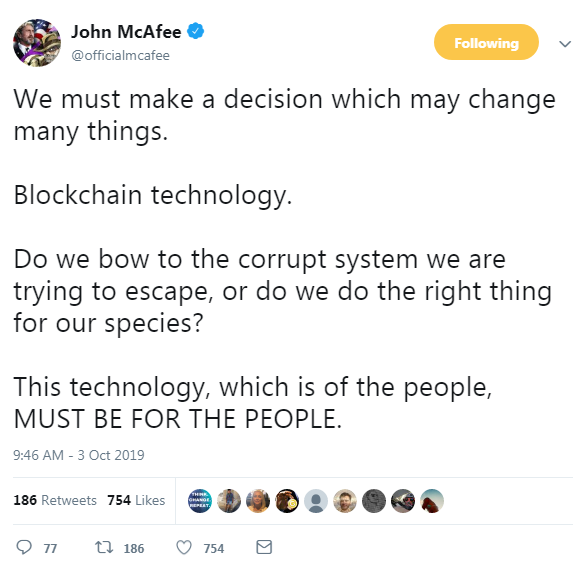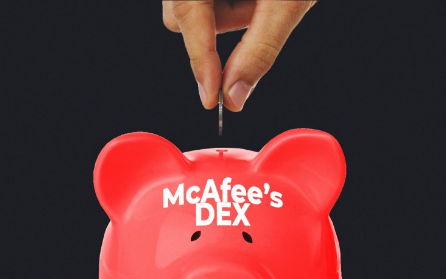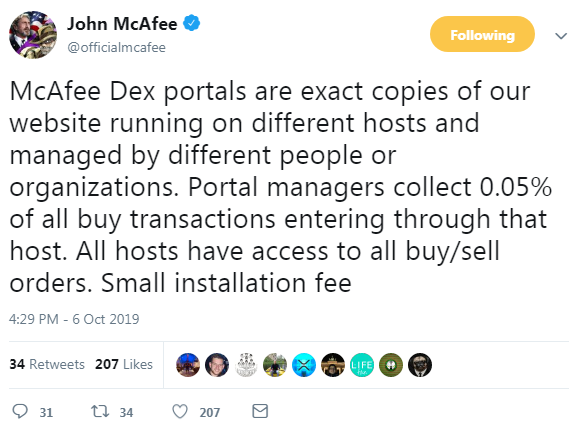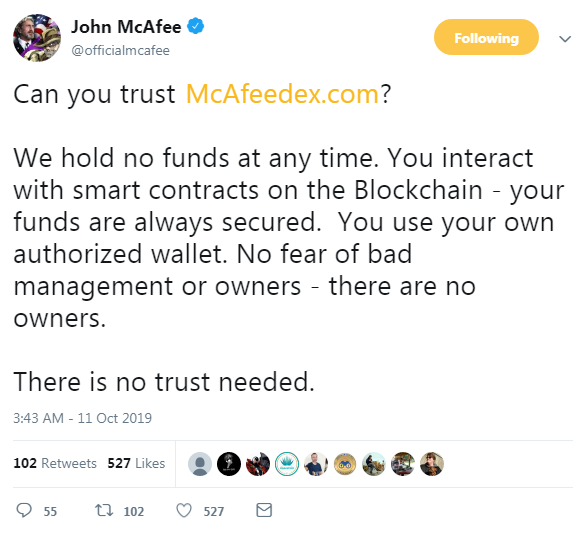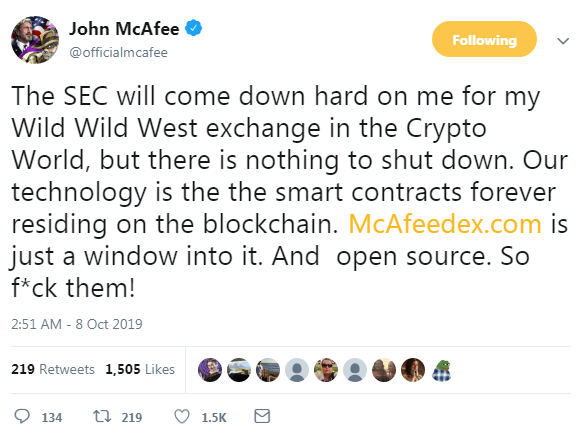Top 5 Pain Points of Companies and How Blockchain Can Solve Them
In this article, we’re going to explore the challenges of managing Enterprise IT infrastructure,
how blockchain helps Enterprise IT infrastructure, and unique challenges of integrating blockchain technology into your organization.Technology is constantly changing the way companies do business. Some technologies, ‘game-changing’ ones, actually go further than that and change the way companies are constructed and built. The competitiveness of a company these days is a direct function of its technological adoption and prowess.
However, it’s very challenging to manage new implementations of technology in a cost-effective way. IT solutions implemented incorrectly might be needlessly complex, and might be too transformative, requiring substantial retraining of employees in the organization. By harnessing technology appropriately, your organization can gain a competitive advantage – but you do need a roadmap to prevent you from becoming lost in the jungle of solutions. Blockchain technologies are currently becoming a hot topic for organizations, and I’d like to help provide this blockchain roadmap for companies out there.
5 Common Pain Points Companies Face
Trust Is Expensive Which Makes Collaboration Hard
There are obvious benefits when two organizations collaborate effectively. Many organizations form consortiums to leverage mutually beneficial ways to collaborate. Naturally, the challenge always comes down to trust. Organizations are run by groups of people, and groups of people don’t trust each other readily. Companies – even the ones who are in decade-long partnerships – may have competing interests and differing agendas. Who owns the servers that the shared system uses? Who has access to the cloud account that runs the apps? What happens when one organization wants to leave the consortium? How are decisions made between separate entities?
Data Jealousy Leads to Less Valuable Data
In 2017, the Economist proclaimed that data is more valuable than oil. Ginny Rometty of IBM declared it a ‘natural resource.’ The biggest and most powerful companies on our planet (Google, Facebook, Amazon, Apple, etc.) own the most data. Unfortunately, this mindset has led some companies into the rabbit hole of ‘data jealousy.’ This is the practice of refusing to share data, even with partnering companies. Big Data is only valuable if it’s big enough, and most companies only own data from “their point of view.” They struggle to leverage their data effectively because they only have access to the limited dataset they produce.
This is, of course, another systems issue. Companies that try to share data with each other on regular centralized systems come directly face to face with the questions: Who owns the actual data? Who can access the data and how frequently? How can I be sure that no one in my partner company tampered with the data? How can I be sure that my own data is accessed on a ‘need to know’ basis? The inability to answer these questions has led to investments in big data and analytics that do not show an ROI to an organization.
Reliance on Physical Documents Makes Audits Slow and Expensive
Most companies today still heavily rely on physical documents to ensure their business runs smoothly. This causes all kinds of headaches, especially during audits. It’s easy to digitize the documents. The challenge is keeping sensitive digital information secure. Since digital documents are easy to tamper with, they often cannot be relied upon for audits. This makes the audit process tedious and costly. During an audit, each division has competing interests with other divisions. Every division wants to pass the audit, even if it means another division fails. This is why we can’t use centralized systems’ digital documents as a basis for audit – they can be tampered with, and even server logs can be tampered by the IT division.
Automation Between Separate Companies Is Hard to Execute Fairly
While many companies seek to automate their operations, the challenge becomes ensuring that automation between companies is completed in a fair manner. For example, if two companies are partnering and have a business process automation solution in place to manage their collaboration, which company gets to own the server that runs the solution? No matter how well designed the centralized system is, the company that owns the server will have more control over the initiative. Even if you have a system that is really well-programmed, a server owner can still – literally – pull the plug on the automation.
Disaster Recovery and High Availability Systems Get Really Complicated and Pricey
Here’s how you create an Enterprise system these days: Maintain production uptime by adding a High Availability (HA) server. Maintain a failover system between Prod and HA. To ensure disaster preparedness, find another data center far away and put a server in there to act as a DRC. In case of further paranoia, get the DRC site an HA server as well. What about ‘putting it on the cloud’? Behind every cloud, there are computers too. Enterprise infrastructure is very familiar with declarations of ‘down for maintenance’ from every brand-name cloud. So you still set up DRCs or HA servers that interlink multiple cloud infras, just to make sure the business does not lose money from the downtime.
Companies today must maintain high availability of their IT systems. They must also ensure proper disaster recovery processes are in place. Unfortunately, these tools are continuing to rise in cost, which makes it hard for companies to stay profitable. Although technologies have become cheaper, customer expectations have become sky-high for constant access to apps and services, and are continuously increasing. This creates more demand for high-availability and DRC – not less. Even as companies shift towards cloud services, these enterprise data services can still become cost-prohibitive. Lower margin businesses are going to be priced out first.
How Blockchain Technology Helps Enterprise IT
Blockchain Enables Trusted Partnerships
The biggest challenge when creating systems of collaboration in a business consortium or partnership revolves around ensuring fairness between the parties. A blockchain can be used to ensure that each partner in the collaboration has control of the system – since each partner has a node of their own. If one partner tries to change the data in his or her node, the other nodes will immediately ostracize that node and ‘heal’ the data. Rather than having every partner put absolute trust to the company that runs the system, each partner can be secure in the understanding that its partners cannot tamper with decisions, data, or control.
Blockchains Enable Smaller Companies to Benefit From Big Data
Instead of small companies being stuck with their small silos of data, they can combine their data with other companies through the use of a blockchain, while maintaining the sovereignty of their data and their customers’ data. This enables more companies to access big data analytics instead of only the largest companies benefiting.
Blockchain Eliminates the Need For Physical Documents
Currently, it’s really hard to keep digital documents secure and safe. This forces many companies to keep paper records which are notoriously clumsy to work with. Imagine how much time is wasted trying to reconcile data across piles of paper? Time wasted is money wasted. Thankfully blockchains increase the ability to keep digital documents secure, which reduces the need to maintain physical paper documents for audit purposes or otherwise. This enables companies who leverage blockchains can reduce the time and money required to complete audits which will save money.
Blockchain Enables Business Process Automation With Smart Contracts
One of the most powerful concepts that blockchains enable is the use of smart contracts. Smart contracts are software contracts that execute predefined logic based on the parameters coded into the system. In other words, you can replace many business processes with software. For example, instead of hiring a team to handle contracts and procurement, you could run smart contracts that enforce the same procedures more effectively at a lower cost.
Some blockchain technologies (e.g., Nxt) use ‘smart transactions’ instead of smart contracts. Unlike smart contracts, which embed code inside the blockchain every time, smart transactions put the code inside the node that runs it, while referring to and using process templates inside the blockchain. This is less prone to coding errors and allows easier future tweaking of the code in Enterprise environments.
Other blockchains use different ways to ensure this type of flexibility, which is important since business processes in Enterprise environments constantly change. You need to be able to revise code you’ve deployed, in an agile fashion, quickly. This same concept can be more broadly applied to any business function that relies on multiparty business logic. Here’s a cheat code: Automation between parties enables better business SLAs, and blockchain enables automation between parties.
Blockchain Can Improve Data and Infrastructure Resilience
Traditional network architectures are heavily reliant on high availability & DRC servers to make sure the network data stays in sync. If there is a disaster scenario where one node is compromised, then the network is reliant on the backup server. This architecture is vulnerable to being compromised, whether by attacks, exploits, mismanagement, or disaster situations. In an equivalent blockchain architecture, there are two key advantages: data resilience and infrastructure resilience.
Data resilience is gained from the increase in total nodes on the network. Each node enforces consensus rules and prevents attackers from spreading false information. Infrastructure resilience is gained because each node can act as a backup server in case some nodes are taken down or compromised. This is a huge improvement over traditional infrastructure where the network might only rely on a single backup server. Lastly, the more nodes in a blockchain network, the more resilient the system is, whereas the opposite is true with traditional IT architecture.
Challenges When Implementing Blockchain Technology
While blockchains have the potential to improve the IT infrastructure of your organization, getting them integrating into your current systems requires some effort. Here are a few challenges to overcome when implementing a blockchain inside your organization.
Getting Buy-in From Upper Management
In order for any strategic initiative to be successful, the project leaders need to get support from management. Hiring a top tier blockchain consulting firm helps convince upper management that blockchain is worthy of company resources.
Ensuring Your Staff is Capable Of Supporting Blockchain
Whenever you’re considering adding new technology into your organization, it’s critical to consider your current staff. How advanced is your current IT staff? Do they have the time and ability to get skilled up?
Choosing the Right Blockchain For Your Needs
Not all blockchain projects are created equally, and each blockchain implementation makes necessary tradeoffs to maximize the intended use case. Be sure to define your needs upfront and ensure the correct blockchain is matched to your needs. Starting with a pilot project makes sense for many organizations.
Architecting the Right Solution Is Challenging
In order to maximize the chance of a successful implementation, it’s crucial that your organization gets the high-level architecture right. The best tool in the world is only effective if it’s used properly. If you don’t have expertise in house, consider hiring a consulting firm to guide the solution architecture.
What Should Be On-chain? What Should Stay Off-chain?
Blockchain technologies are incredible tools, but that doesn’t mean we should try to run our entire business on a blockchain. In fact, there are many use cases where a distributed ledger doesn’t make sense. Spend time upfront planning before moving into the implementation phase. It’s better to start small than trying to bite off more than you can chew.
Let’s Wrap Up
Blockchains are incredible tools, but they need to be approached with care. In order to maximize their benefit, consider hiring a reputable consulting firm to see if blockchain can help your business, and starting with a pilot project. As your team gets more comfortable with the technology, you can continue to build your footprint, letting the technology grow in value as you collaborate more.
Article Produced By
Ms. Pandu Sastrowardoyo
Ms. Pandu Sastrowardoyo is a Co-Founder of Blockchain Zoo, Supervisory Board Member of Asosiasi Blockchain Indonesia, Senior Partner of Blocksphere, Co-Founder of Human-ID.org and Kendi.io, Former IBM ASEAN Senior Consultant & Territory General Manager of MSPs. Listed among 100 global blockchain leaders.
https://www.coinspeaker.com/pain-points-blockchain-can-solve/
David https://markethive.com/david-ogden



